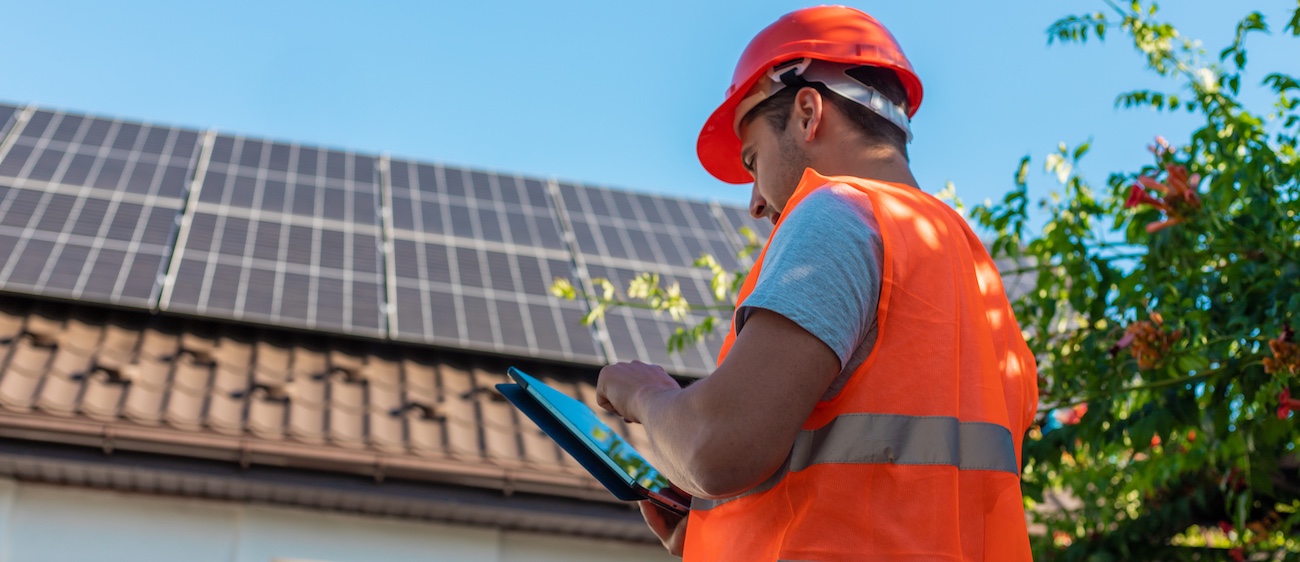Electrifying Industry
Australian manufacturing’s next wave of opportunity
September 2018
Lower costs, zero-carbon goods
The manufacturing sector plays a unique role in Australia's economy, driving growth in productivity, innovation, exports and high quality jobs. Our manufacturers are struggling to remain competitive due to rising energy costs - with many businesses' gas and electricity bills doubling in the past two years and nearly one in five jobs lost over the past decade. Electrifying Industry shows how renewable energy can reignite Australian manufacturing by reducing costs and producing zero-carbon goods.




.png)
.jpg)





%201.webp)

